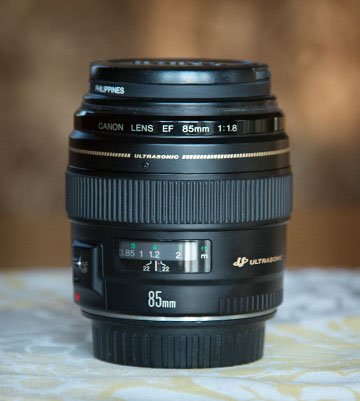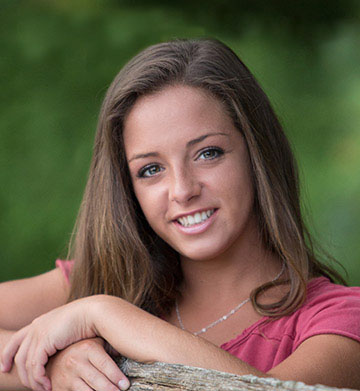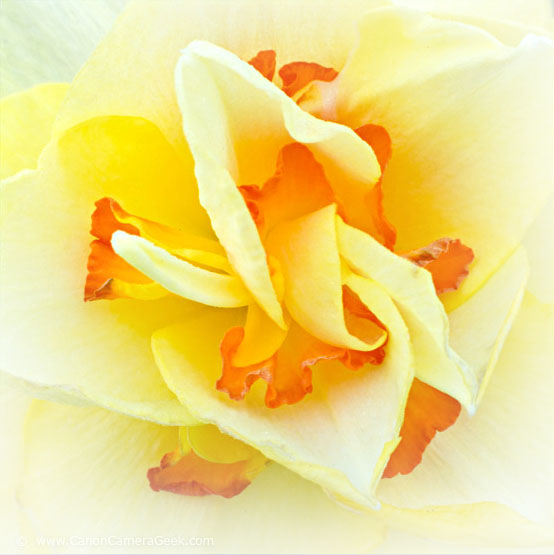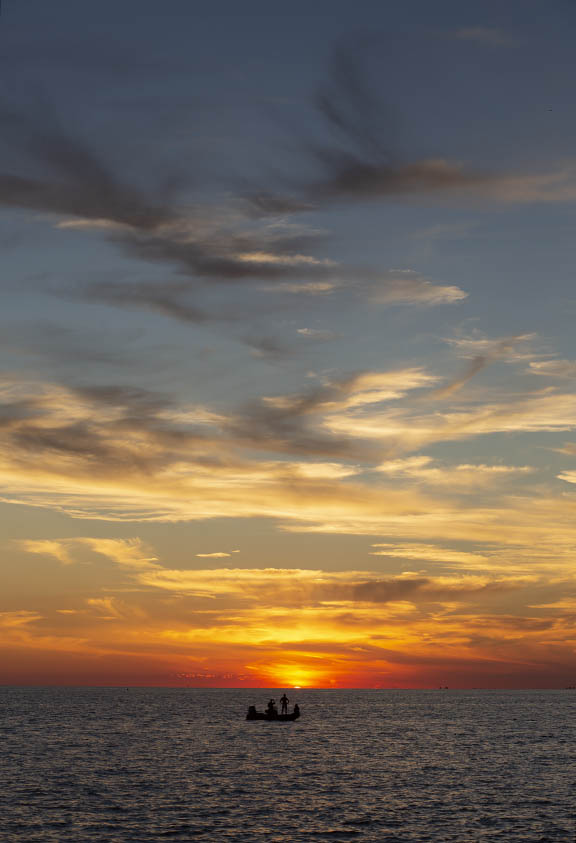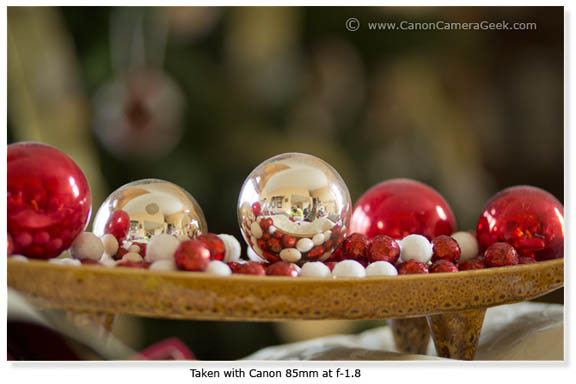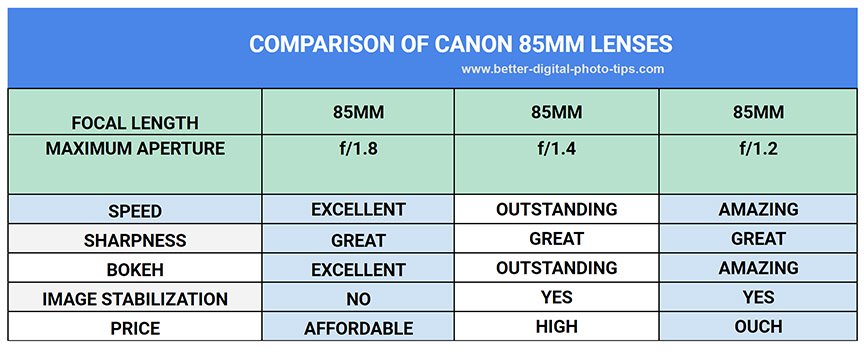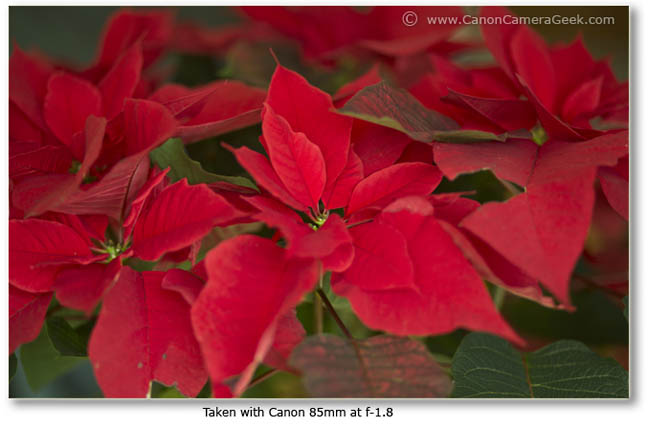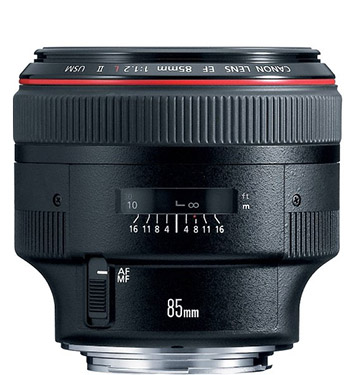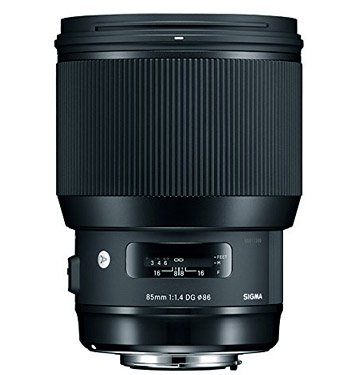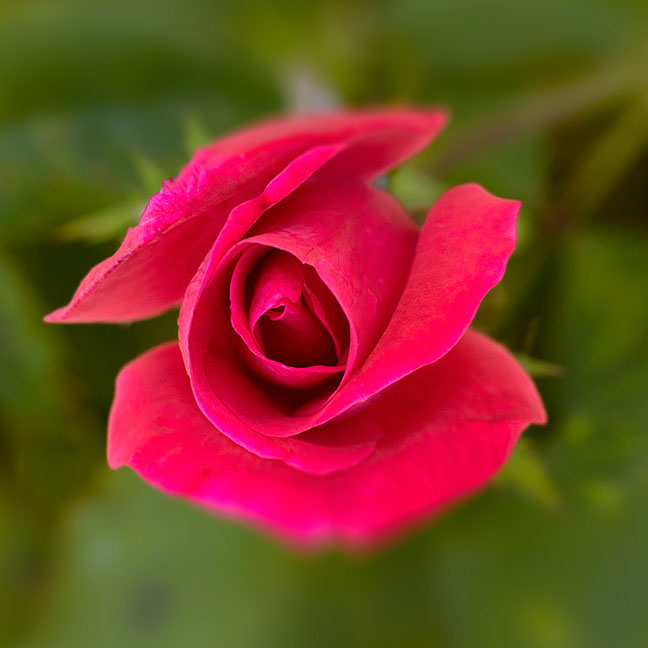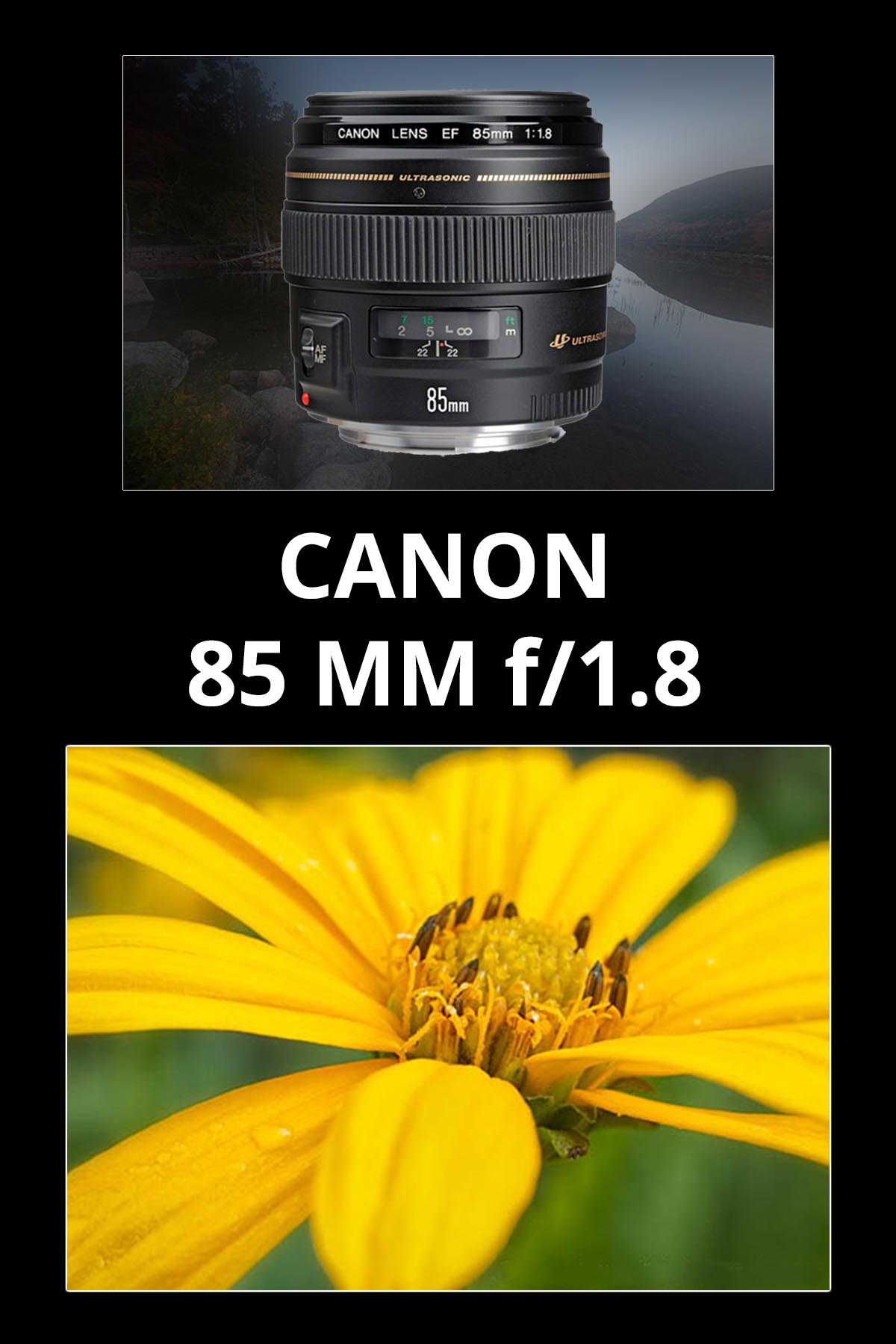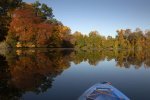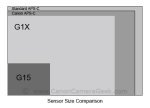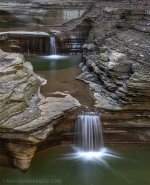WHICH Canon 85mm Lens is best
(85mm Lens Comparison and recommended uses)
Is the Canon 85mm f/1.8 lens the right choice for you? This post will help you understand the differences between the three versions of the Canon EF 85mm Lens.
You're likely curious what's the Canon 85mm lens used for. In other words, what kind of photography is the 85 good for. My answer might surprise you. Read on.
Although most photographers think of the Canon 85mm lenses as good for shooting portraits, you'll soon see that they are good for several other types of photography too.
What Is The Canon 85mm lens good for
1. The Canon 85mm lenses are good for portraits
The Canon 85mm lenses are all good for shooting portraits, especially head shots. Actually they're great for portraits!
The 85mm focal length is a moderate telephoto and telephoto lenses give you a pleasing flattened perspective and a comfortable working distance from your subject.
On the flipside of that, wide angle lenses can give you exaggerated perspectives if you're not careful using them for shooting portraits.
The 85mm lenses are not good for shooting larger groups shots, but are good for shooting small group photos, family portraits, and full length individual portraits.
Used on any one of the Canon APS-C "crop" cameras. the 85mm lenses give you an angle of view equivalent to a 135mm lens.
2. Use The 85mm as a macro lens
One of the unexpected benefits you get with the Canon 85mm prime lenses is their ability to use for macro photography. But not without a little help. The 85mm lenses are very sharp, but do not have close focusing distances.
The good news is that you can simply pair up your 85mm lens with a few an extension tube or two and you've got affordability AND quality close-up photography at your disposal.
3. Take detail landscape photography with the 85mm lens
Traditionally, landscape photographers turn to the wide angle lenses when shooting landscapes. While it's a good idea to get those wide scenic views, you can also take those closer view photographs of details within a landscape or a seascape.
I wanted most of the sky included included in this composition as the main subject, along with this boat as a secondary point of interest. The 85mm focal length was perfect for what I wanted to accomplish with this image.
4. Still life Photography
The Canon EF lenses can be used to shoot still life photography. Shooting the lens with the f/stop of f/1.8 gives you a very pleasing out-of-focus background.
FAQ questions about the Canon EF 85mm Lenses
There are a few frequently asked questions you and many others may still be asking about the 85mm lenses.
1. Is the Canon 85mm A Zoom Lens
The Canon 85mm is not a zoom lens. Non-zooming lenses like the 85mm are called "prime" lenses. They have a constant, fixed focal length, and do not zoom. Zoom lenses have variable focal lengths. Prime lenses have simpler optics and give you great image quality at an affordable price.
Once I started shooting with Canon digital cameras, the 85mm f/1.8 lens was the very first "portrait" lens I purchased. I already owned the standard 24-105 L f/4.0 lens that came with the first Canon camera body I got. I ended up choosing the f/1.8 it over the 85mm f/1.2, and also over alternative lenses made by other manufacturers.
2. Is the Canon 85mm lens for full frame cameras?
The Canon EF 85mm lenses is the right size to fit and will work on full frame cameras. It will also fit and be fully compatible with APS-C crop cameras, as well as work on Canon mirrorless cameras with the right adapter.
The angle of view on the smaller APS-C cameras will be narrower and will give you the same view as a 135 mm lens would on a full frame camera body.
To understand more about the difference between full frame Canon EF and the smaller EF-S lenses, watch my video.
3. Why is the 85mm lens good for portraits.
The Canon 85mm lens is good for portraits for four reasons.
- The focal length of 85mm gives a nice distant perspective which is flattering to the human face.
- The wide maximum aperture gives you a small depth of field so that the background will be pleasantly out of focus.
- The 85mm focal length doubles as a good lens choice for shooting small family portraits.
- The f/1.8 version of the Canon 84mm has a compact size and weight. That means it's easy for you to take portraits anywhere.
4. Which is the best Canon 85mm Lens
Everyone wants to know which version of the Canon 85mm lens is the best. This is one of those "it depends" answers. Which is the best really depends on what's most important to you.
- If you want the very fastest 85mm lens with the widest aperture possible the f/1.2 is the best.
- If you want very fast, but not the highest price 85mm lens, then the f/1.4 version is the best.
- If you want a light and affordable, high performance lens then the 85mm f/1.8 lens is the best choice.
If you look at he comparison illustration below, you'll see that all three 85mm lenses are fast, sharp, and will give you good looking bokeh.
If image stabilization is important to you, then you can eliminate the f/1.8 as a viable candidate for you. If you need to limit your investment on this lens, then the f/1.8 lens is the easy choice.
Comparison of The Three Canon 85mm Lenses
5. The price of the Canon 85mm lens
For this particular lens, the biggest concern comes down to money and how much do the Canon 85mm lenses cost. See the chart below for the prices at the time of this publication for new Canon EF 85mm Lenses:
| MAXIMUM APETURE | f/1.8 | f/1.4 | f/1.2 | FILTER SIZE | 58mm | 77mm | 72mm |
| PRICE (NEW) | $420 | $1,600 | $2,000 |
For many the cost is the biggest consideration. For others lens versatility is most important thing. Non-zooming lenses are less versatile, but give great quality results. The 85mm f/1.8 lens costs around $400. The Canon 24-105 Lens costs around $1,200. The newer version of the Canon 70-200 f2.8 costs around $2,100.
The reason the Canon 85mm f-1.8 Lens is cheaper isn't because it's a bad design or made from poor materials. It is a simple prime lens without the complexities and compromises that come with manufacturing a zoom lens.
recommended 85mm lens
I recommend the Canon Ef 85mm f/1.8 lens as the best choice.
Here's the deal. You'll love how fast it is. You'll love how light and compact it is to carry. You'll love how sharp it shoots. You'll love the professional level of portraiture you can accomplish. The best part of the 85mm lens is how affordable it is for you to become the proud owner of one.
The 85mm is strong enough for head shots at close distances and short enough to photograph small family groups at medium distances. Fast enough to use in low light situations and get great bokeh. The f/1.8 costs less than half of the Canon 85mm f1.4 and it focuses much faster.
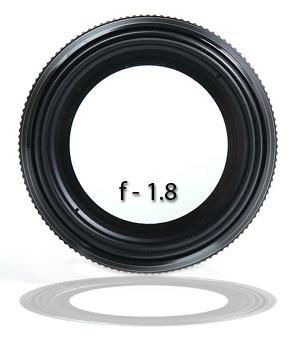
As always, I read a lot of reviews on the Canon 85 lenses on Amazon and then purchased my 85mm lens from B+H PhotoVideo in New York City.
There is always a lot of discussion among pro photographers and hobbyists in which lens is the best Canon portrait lens.
Sometimes we are guilty of jumping to quick decisions based on a technical lens review. I like to read all the technical stuff, combine it with my experiences in photography, and pass on the practical recommendations to you.
I'll suggest to you that the practical differences in lenses are more relevant than the technical numbers and charts that the technical lens review sites come up with.
Which 85mm lens is priced the best? You can do a price comparison of 4 different 85mm lenses below and make a judgement yourself. Look how much more money you have to shell out to get the faster f/1.4 lens.
Notice how the f/1.8 version blows away the others in terms of how many people have purchased and reviewed it. There are a few reasons behind that difference. Price difference is number 1. We all like to save money. Size difference is number 2. The f/1.8 lens weighs less than 1/2 of the other two.
Canon 85mm Price comparison
I shoot a lot of portraits of real people and composing a portrait with a distracting object in the background like this is something you want to avoid. This was a fun experiment I did so you could see the different levels of background blur with these 3 lenses.
You can see there is an advantage, although perhaps not big enough to persuade many photographers, to having that extra stop or two to get a good amount of desirable blur in the background. You get good color reproduction with this Canon lens too. Do you really need to reed the results of a scientific chromatic calibration test? I like the colors I get like those in the photograph below.
Many would not consider the Canon 24-105mm a portrait lens, but I use it quite a bit when doing group photography indoors. It's a situation where I don't need extremely limited depth of field. The 85mm is great to use with extension tubes if you want to do some macro photography without the expense of buying a true macro lens for Canon photographers.
Here are two more random facts about the Canon 85mm f-1.8, but they will be quite useful to know.
- The front of the lens does not rotate when you focus so special effects filters will not be affected. It has a maximum aperture of f-22. It weighs less than a pound (about 13 oz.)
- The fast focusing is also very quiet and is extremely accurate. This is very important when you are dealing with such a shallow depth of field at the wide open apertures. The minimum focusing distance is just under 3 feet.
I hope that this gave you some practical information about the Canon 85mm f1.8. The f1.2 version of the Canon 85 is an amazing lens as well. It's just very expensive, heavier and you only get an extra 1/2 stop of speed. The 85mm f-1.8 is a very affordable lens on Amazon and you can get more reviews from other buyers besides me here:
As an Amazon affiliate Canon Camera Geek receives a small commission from qualifying purchases, at NO added cost to you.
Look around and see if you can find any other product with this many reviews (well over 300) and they are all so positive. That is just about unheard of. Extension tubes come from several manufactures and do not affect image quality in any way. They go between your camera body and the lens and contain no optical elements to degrade the image in any way.
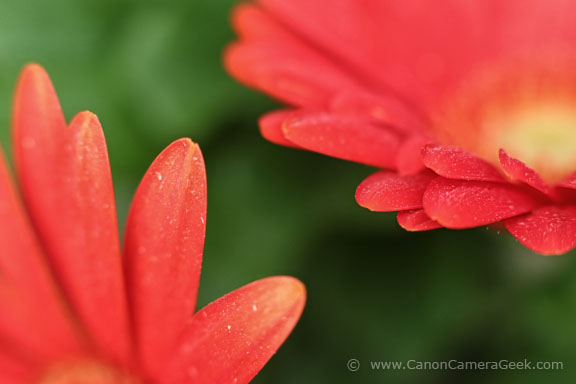
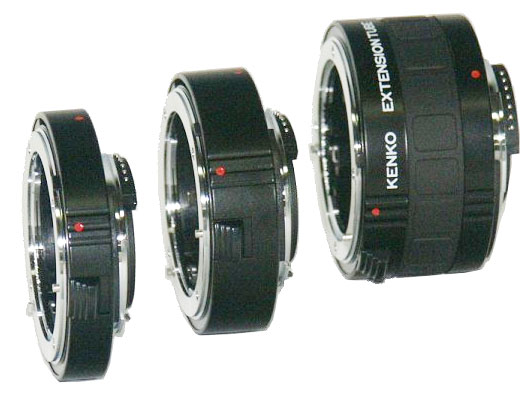 Extension Tubes for Canon
Extension Tubes for CanonI use these Kenko extension tubes, specially made for mounting with Canon lenses on Canon cameras, to dramatically shorten the minimum focusing distance between your lens and your camera.
This kind of macro photo is more abstract and is usually more popular with photographers than with non-photographers. Photographers admire the compositional lines, the lighting, the textures, and the color patterns. Non-photographers ask questions like why is part of it out of focus and what were you photographing?
Photographs like this won't win any awards in photography competitions and usually don't sell well. I still had fun photographing these flowers and images like this give us a real appreciation for the macro world of nature that is ever-present. We need to take just a minute to look for it.
Comparison of Canon 85mm Lenses
Here is a quick comparison of two Canon 85mm Lenses, one has the fastest aperture, the other has the "slowest" maximum aperture. Many photographers consider lenses of this focal length to be the best lenses for portrait photography.
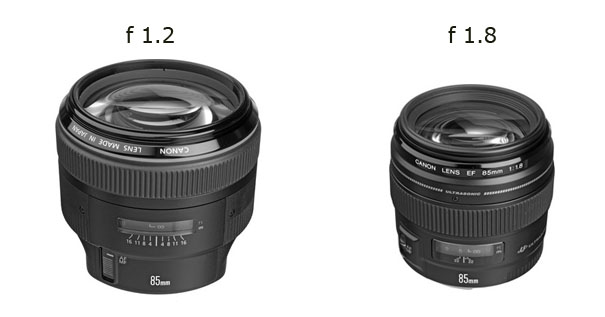 Canon 85mm f/1.2 vs Canon 85mm f/1.8.
Canon 85mm f/1.2 vs Canon 85mm f/1.8.The fact that there are 3 versions of the same 85mm focal length lenses made by Canon, as well as other similar lenses, is surprising to some. But this is a very popular focal length to own, so lens makers really want to exploit the high demand.
It's a repeated tactic in marketing to offer several variations of essentially the same product. I remember being seeing this early on in my childhood with Sears. They almost always offered 3 choices: good, better, and best versions.
Although they have the same focal length, these lenses are quite different in size, weight, and price. Once you get to a telephoto lens with this wide of an aperture, like f/1.8 or f/1.2, you're going to get great bokeh.
Sales Comparisons of the Two Canon 85mm Lenses

The Canon f1.8 outsells the Canon 1.2 by about a 5 to 1 ratio, due more to price difference than anything else. The price of the Canon f1.2 is about 5-6 times the price of the f1.2.
For the majority of shooters, that huge difference in cost makes the choice of which of these two they should invest in an easy decision. I also really like the compact size and the super fast focusing of the f/1.8.
Canon EF 85mm f/1.8 USM Medium Telephoto Lens
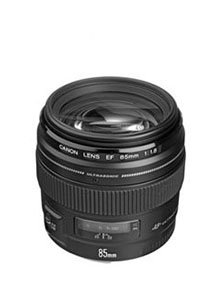 85mm f/1.8
85mm f/1.8- This is the absolute highest rated lens I own of all my Canon lenses.
- It earns a 96% CanonGeek rating.
- It is so easy to use, is extremely affordable and is a very sharp lens.
- It weighs in at at a scant 15 ounces.
- It is great for low-light situations indoors or
- At f2.8 the images are tac-sharp and vignetting is essentially non-existent.
- It is extremely popular with reviewers on Amazon
Canon EF 85mm f1.2L II USM Lens
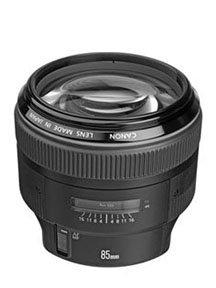 85mm f/1.2
85mm f/1.2- This is the flagship of the 85 lenses.
- It is has a fast CPU and circular aperture blades for amazing bokeh.
- For the ultimate in soft, out of focus background you can't beat an f1.2 lens.
- The Canon 85mm f1.2 earns a 95% CanonGeek rating.
- At over $2000.00 this lens is reserved to professional photographers and serious enthusiasts who have significant assets to invest in cameras lenses, and accessories.
- It focuses down to just over 3 feet and weighs a hefty 2.3 pounds.
Canon 85mm Lens Alternatives
If you are open minded about trying another lens manufacturer, there are some decent alternatives available for you at this same 85mm focal length. First, we start with the Sony 85mm lens choice for your Canon. It's gotten remarkably favorable reviews from photographer.
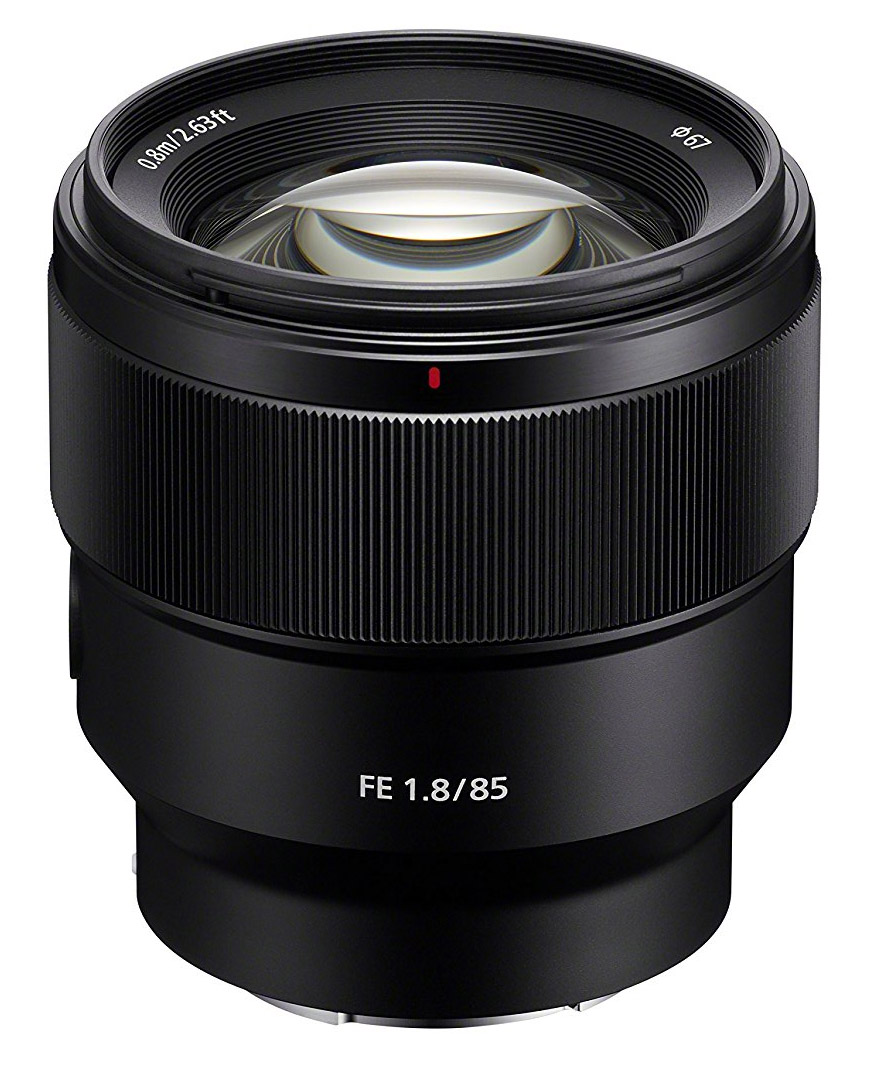 85mm Sony Lens
85mm Sony LensREMARKABLE RATINGS
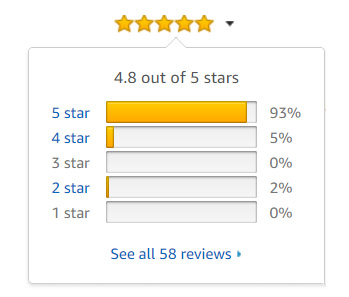
As an Amazon affiliate Canon Camera Geek receives a small commission from qualifying purchases, at NO added cost to you.
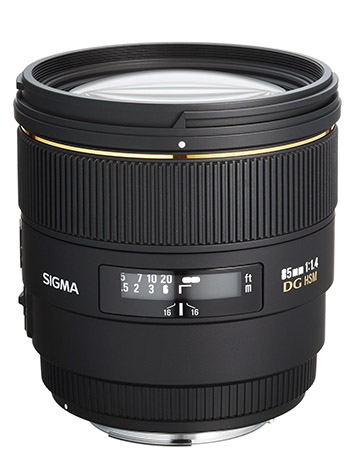 Sigma 85mm F/1.4
Sigma 85mm F/1.4Sigma has a 85mm f1.4 that is a nice compromise between the two Canon lenses, in size, cost and maximum aperture. It is smaller, lighter, and more affordable than the Canon f1.2.
It earned an 85% Canon Geek rating. It's larger, more expensive, and has a larger maximum f-stop than the Canon f1.8. Sales have been fairly brisk and customer reviews quite positive for this lens on Amazon.
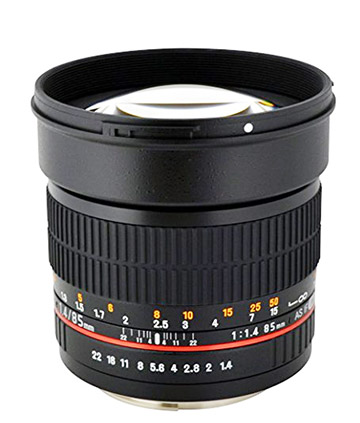 Rokinon 85mm f/1.4
Rokinon 85mm f/1.4Rokinon also has an 85mm f1.4 lens offer.
The Rokinon 58mm f1.4 lens gets a 91% CanonGeek rating. It's a manual focusing and manual aperture situation for you. Yes, it does work on full frame sensors like the Canon 5D Mark III. It is only a 1/3 stop difference between this and the f1.2.
Canon 85mm f/1.8 Lens Specs
If you have a need to know the specifications of the Canon 85mm 1.8 Lens, here they are:
|
|
Canon 85mm IS
You've probably been wondering why I didn't discuss image stabilization (IS) with the 85mm lenses until now. After all, it's one of the big selling points for almost every new lens that comes out these days. I just think you really don't need it and it's one more thing that can develop a problem and break.
One of the biggest advantages of buying a fast lens like the 85mm f/1.8, f/1.4, or f/1.2 is that you can use higher shutter speeds when so much more light can enter your cmaera with your lens set at such a wide aperture. You don't really need image stabilization and you really don't need the extra expense.
Don't get me wrong. I'm not saying IS is bad-I occasionally use it with my Canon 70-200 f/2.8-it's just not NEEDED that often and the old standby 85mm f/1.8 will perform for you so well. Watch less TV. Shoot more photos.

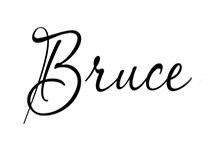
Bruce Lovelace is the publisher of Canon Camera Geek. Read more about him on the About Page. He also publishes how to articles and camera gear reviews at the Photography Tips website.
View some of Bruce's photos on Instagram and Flickr. Join the tribe of followers on YouTube. Bruce also runs photo workshops and provides 1 on 1 digital photography coaching.
Recent Articles
-
Canon R6 Mark II FAQ. Answers To All of Your Canon R6 M2 Questions
Sep 01, 25 07:51 AM
There's a lot you can easily learn about Canon's mirrorless R6 Mark II camera. Get your questions answered in this R6 Mark II FAQ -
Canon G1X Sensor Size. What Are The Specs on The Canon G1X Sensor
Aug 26, 25 11:39 AM
Here is a comparison of the Canon G1X sensor size with the rest of the "G" series Canon cameras -
Macro Photography With the Canon G1X Mark II- G1X Close-up Flowers
Aug 26, 25 11:24 AM
Use these helpful tips for your macro photography with the Canon G1X Mark II and its re-designed lens. Here are the sample close up photos of flowers -
Canon 5D Mark iii Replacement. After the 5D Mark IV, What Will Be Next
Aug 20, 25 07:29 AM
what is going to be the most attractive Canon 5D Mark III Replacement? Read this: -
Best Canon Speedlites For Beginners. How To Pick The Right Canon Flash
Aug 19, 25 11:39 AM
So which Canon Speedlite would be right for you? Find out the best Canon Speedlites for beginners. This post will help you choose the right Canon flash for you. -
Canon EF 24-105mm Photos - Sample Images. Gallery of 24-105 Photos
Aug 19, 25 11:11 AM
A truly great all purpose lens, I've used mine for portraits, sports, weddings, nature and landscape photography. Here are some of the Canon EF 24-105mm Photos
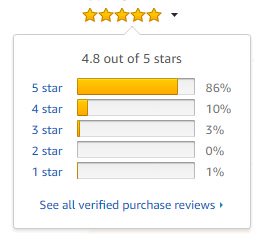 Remarkable Rating
Remarkable RatingWith APS-C "crop" cameras like the Canon like the t7, t7i, Rebel 90D, 7D, and 60D, using the 85 mm lens is like using a 135mm portrait lens.
The super-fast f/1.2 version is super pricey.
